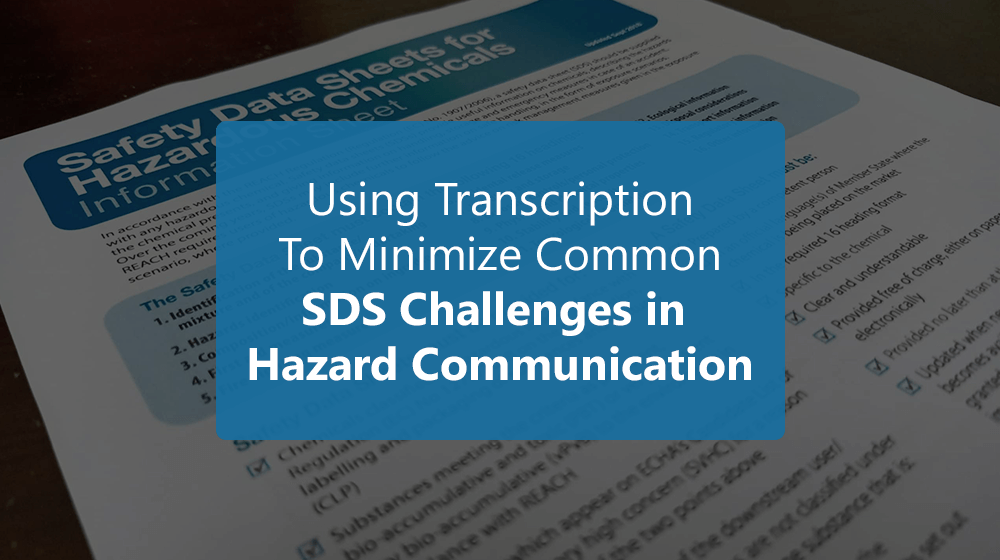The most efficient way of analyzing qualitative data is Thematic Analysis. It’s commonly used to describe a collection of texts, like an interview or transcripts. The researcher combs through the data for recurring themes, such as subjects, ideas, and meaning patterns.
Thematic analysis can be done in a variety of ways, but the most popular method involves six steps: familiarisation, coding, generating themes, reviewing themes, defining and labeling themes, and writing them up.
When should thematic analysis be used?
When you’re trying to figure out something about people’s ideas, opinions, knowledge, experiences, or beliefs from a set of qualitative data, such as interview transcripts, social media profiles, or survey responses, thematic analysis is a smart way to take.
Can Thematic Analysis be approached in different ways?
- Allowing the data to determine your topics is an inductive technique.
- A deductive approach begins with certain predetermined themes that you expect to see mirrored in the data, based on theory or prior knowledge.
- The explicit substance of the data is analyzed with a semantic approach.
- A latent method entails delving into the data’s subtext and assumptions
What are the steps in the process of Thematic Analysis?
Step 1: Familiarization
The first step is to familiarise yourself with our data. Before you begin evaluating individual items, it’s critical to have a comprehensive picture of all of the data you gathered.
This may entail transcribing audio, reading through the material and taking first notes, and generally familiarising yourself with the data.
Step 2: Coding
After that, you must code the data. Coding is the process of marking areas of your text – usually phrases or sentences – and creating brief labels or “codes” to explain their contents.
Step 3: Come up with ideas for themes
Then you go over all of the codes you’ve made, search for patterns, and start coming up with themes.
Themes are more expansive than codes. The majority of the time, many codes will be combined into a single theme.
You may determine at this point that some of your codes are too ambiguous or irrelevant (for example, because they don’t show frequently in the data) and that they should be eliminated.
Step 4: Go over the concepts again.
Now you must ensure that your themes are both useful and accurate depictions of the data. Returning to the data collection, you now compare your themes to it. Is there anything you’re missing? What can you do to improve the performance of our themes?
If your themes have flaws, you may divide them apart, combine them, discard them, or establish new ones, depending on what is most beneficial and correct.
Step 5: Define and name themes
After you’ve come up with a final list of themes, it’s time to give each one a name and a definition.
Defining themes entails defining exactly what each topic entails and determining how it aids in the comprehension of the facts.
The process of naming themes is coming up with a short, simple name for each one.
While this step sounds very simple, often most people find themselves confused here. Defining and addressing themes in a large data set can result in a number of errors if not done with expertise. A practice that Ant has, is to segregate data into themes by “tagging” them under such. Their skilled personnel make thematic analysis a lot simpler and faster for you.
Step 6: Write a report
Finally, you’ll write up your data analysis. Writing a theme analysis, like any academic text, requires an introduction to explain our research topic, goals, and approach.
A methodology section should also be included, indicating how you gathered the data (for example, through semi-structured interviews or open-ended survey questions) and how you conducted the thematic analysis.
Each theme is usually addressed in turn in the results or findings section. You explain how frequently the themes appear and what they represent, using data examples as evidence. Finally, your conclusion summarises the important points and demonstrates how the study addressed our research topic.
Conclusion:
Thematic analysis is extremely useful when working with huge amounts of data since it allows you to split and categorize vast amounts of material in a way that makes it much easier to consume. When seeking subjective information like a participant’s experiences, ideas, and opinions, thematic analysis comes in handy.
Even with its usefulness, thematic analysis can seem like a daunting task. At Ant, no stone is left unturned in order to deliver accuracy and finesse, so you can always stay confident in the quality of your results, so let us do all the heavy lifting for you. Try Ant’s Analysis services for your next project.

















